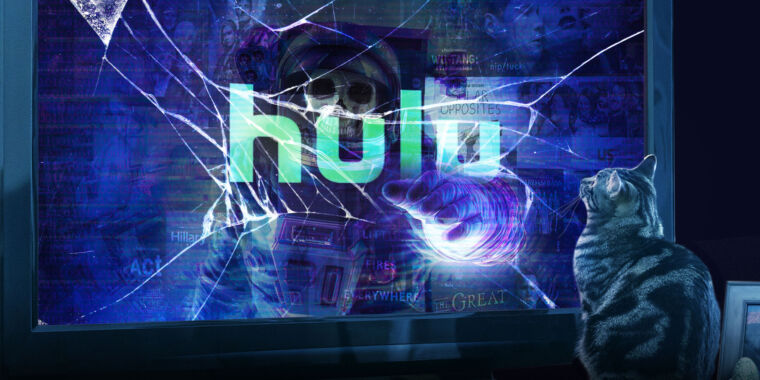For a moment, it seemed like the streaming apps were the things that could save us from the hegemony of cable TV—a system where you had to pay for a ton of stuff you didn’t want to watch so you could see the handful of things you were actually interested in.
Archived version: https://archive.ph/K4EIh



This is the best summary I could come up with:
Discovery’s David Zaslav have also indicated that their services were initially priced “too low” in an effort to draw a huge and unendingly expanding subscriber base.
In the early-to-mid 2010s, a subscription to Netflix and Hulu and your friend’s borrowed HBO password could get you access to the vast majority of all the TV that was worth watching.
Netflix had a huge archive of older shows plus a slowly growing library of its buzzy releases like Orange Is the New Black, Jessica Jones, and Stranger Things.
Not content to let Netflix have what looked like a lucrative new market all to itself the companies that made and distributed TV decided one by one as the decade wore on that it was time to create their own apps and generate their own subscription revenue.
Tech companies also decided to jump in, with Amazon Prime Video pushing into expensive scripted dramas and Apple TV+ becoming relevant by dint of throwing untold gobs of money at all kinds of projects.
Netflix announced its first subscriber loss in a decade in early 2022, cratering its stock; despite some recovery, it’s still only worth about two-thirds what it was at its peak in late 2021.
I’m a bot and I’m open source!